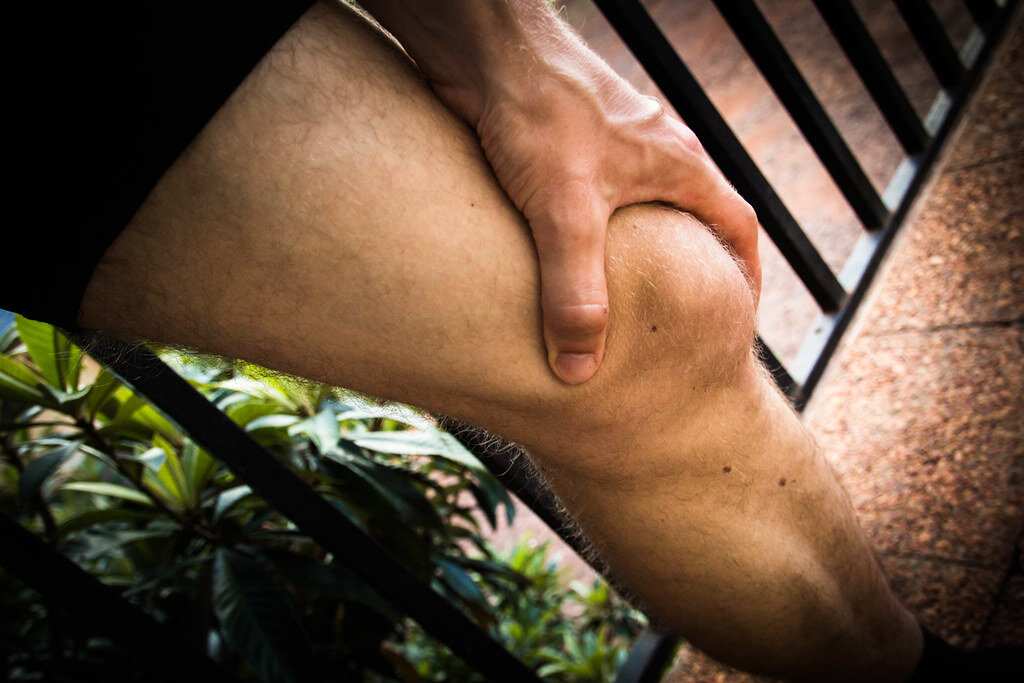Osteoarthritis of the Knee
Knee pain is common and osteoarthritis is a common cause. This article may help you understand the diagnosis a bit more, and also give you tips on what can be done.
Osteoarthritis (OA) is common. According to the Arthritis Foundation, more than 27 million people in the U.S. have osteoarthritis, with the knee being one of the most commonly affected areas. Although anyone can get OA, women are more likely than men, and older aged persons are much more likely than the young. In fact, advanced age is the most common cause of osteoarthritis. It has been said that if one lives long enough, nearly everyone will develop some degree of osteoarthritis.
While we all may end up with some arthritis later in life due to the decreased ability of our cartilage to heal as we age, there are several risk factors that will speed up the progression. Some of these factors such as age, gender, heredity, traumatic injuries, and other instigating illnesses, we are unable to change. Other factors such as weight, excessive or lack of exercise, and repetitive motion injuries, can be altered to reduce the risk.
So what is osteoarthritis and why should it concern you? OA is a non-inflammatory degenerative disease of articular cartilage. Articular cartilage is what covers the bones at the point where two bones meet to form a joint. In OA, the cartilage gets thinner and deforms which results in cartilage defects and bony destruction. Protrusions (osteophytes) can form on the bone in the area of the joint which can cause pain and can worsen over time and lead to reduced mobility of the knee. The pain can become significant and severely limit one’s mobility, which can make activities of daily living difficult. It is at that point that many look to surgery.
So what are some lifestyle changes you can make to lessen your risk? If not already there, you can try to reach a healthy weight. Losing even a few pounds can help reduce the pressure on weight bearing joints, especially the knees. It has been reported that every pound of extra weight can add up to 4 pounds of pressure on your knees.
Another thing you can do is get an appropriate amount of exercise of a type that does not put unnecessary stress on the joints. Low-impact exercises such as swimming and biking can be good options for those suffering with knee pain. Strengthening the muscles around the knee which support the joint can make the joint less prone to injury and also decrease pain. Stretching exercises can also help by allowing the knee to remain more flexible and mobile. High-impact exercise, such as running, is often discouraged in people with OA, as it can increase pain.
If you have been diagnosed with OA, there are many treatment options available depending on the severity of your condition. You should expect to collaborate with your medical provider on a plan that addresses your specific symptoms at a level with which you are comfortable. Treatments can be non-invasive like ice or topical creams/gels. Some involve devices being purchased from specialty stores such as braces, canes, or shoe inserts. Some treatments can be purchased on your own, like OTC medications and supplements, while others may require a prescription. Some are considered alternative, such as acupuncture, while others are more mainstream, like physical or occupational therapy. Some require substances like cortisone or hyaluronic acid to be injected into the joint. Others like platelet rich plasma are newly emerging treatments. When other treatments have failed, there are also several types of surgeries as well.
No matter where you are on the knee pain spectrum, TEAM can help. We can help you understand your diagnosis, find a provider, get a second opinion, and even help with self-care, weight loss, and nutrition.

